How to Appreciate and Identify Different Types of Green Tea
Green tea is one of the most popular beverages in the world, known for its numerous health benefits and unique taste. However, not all green teas are created equal, and it can be challenging to identify the different types and appreciate their distinct flavors and aromas. In this article, we’ll explore the world of green tea, from its history to the different varieties available and how to appreciate their unique qualities.
The History of Green Tea
Green tea has been consumed in China and other parts of Asia for centuries, with records dating back to the Tang dynasty (618-907 AD). It was initially used for medicinal purposes, and its popularity grew as it became a popular drink among the elite classes. Today, green tea is enjoyed worldwide and is known for its health benefits, including reducing the risk of heart disease, cancer, and diabetes.
The Different Types of Green Tea
Green tea is made from the leaves of the Camellia sinensis plant, and there are numerous varieties available, each with its unique flavor and aroma. Some of the most popular types of green tea include:
- Sencha
- Matcha
- Dragonwell
- Gyokuro
- Bancha
How to Appreciate Green Tea
Appreciating green tea involves more than just drinking it. It’s essential to understand the tea’s unique qualities, including its flavor, aroma, and appearance. To appreciate green tea fully, it’s essential to pay attention to the following factors:
- The temperature of the water
- The steeping time
- The quality of the tea leaves
- The brewing vessel
By paying attention to these factors, you can enjoy the unique qualities of each type of green tea and appreciate its distinct flavor and aroma.
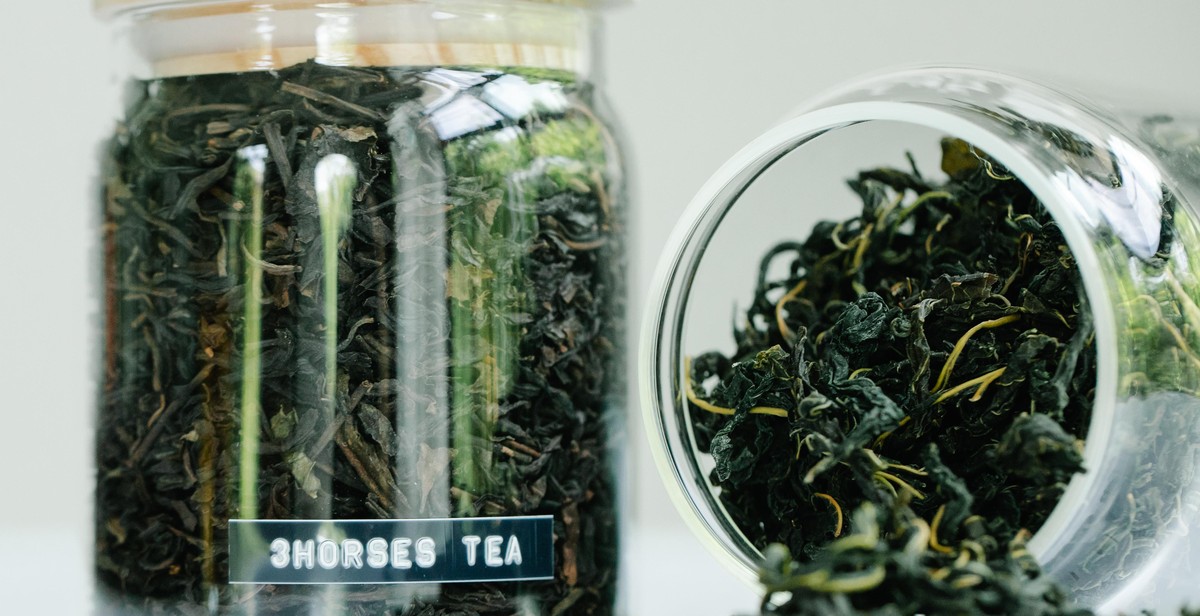
What is Green Tea?
Green tea is a type of tea that is made from the leaves of the Camellia sinensis plant. It is a non-fermented tea, which means that the leaves are not allowed to oxidize, unlike black tea. This process helps to retain the natural antioxidants and nutrients present in the tea leaves.
What makes Green Tea different?
Green tea is known for its unique flavor and health benefits. It is loaded with antioxidants, which help to reduce the risk of chronic diseases such as heart disease and cancer. Green tea also contains caffeine, which can help to improve brain function and increase alertness.
One of the main differences between green tea and other types of tea is the way it is processed. The leaves of green tea are steamed or pan-fried, which helps to preserve the natural compounds in the tea leaves. This process also gives green tea its distinctive flavor and aroma.
Another factor that sets green tea apart is its variety. There are many different types of green tea, each with its own unique flavor and aroma. Some of the most popular types of green tea include:
- Sencha
- Matcha
- Dragonwell
- Gyokuro
- Bancha
Each type of green tea has its own unique flavor profile and is best suited for different occasions and tastes. For example, Sencha is a popular everyday tea in Japan, while Matcha is often used in traditional Japanese tea ceremonies.
| Benefits of Green Tea |
|---|
| 1. Rich in antioxidants |
| 2. May reduce the risk of chronic diseases |
| 3. Contains caffeine, which can improve brain function |
| 4. May help with weight loss |
Overall, green tea is a delicious and healthy beverage that can be enjoyed in many different forms. Whether you prefer a traditional Japanese Matcha or a refreshing Sencha, there is a green tea out there for everyone.
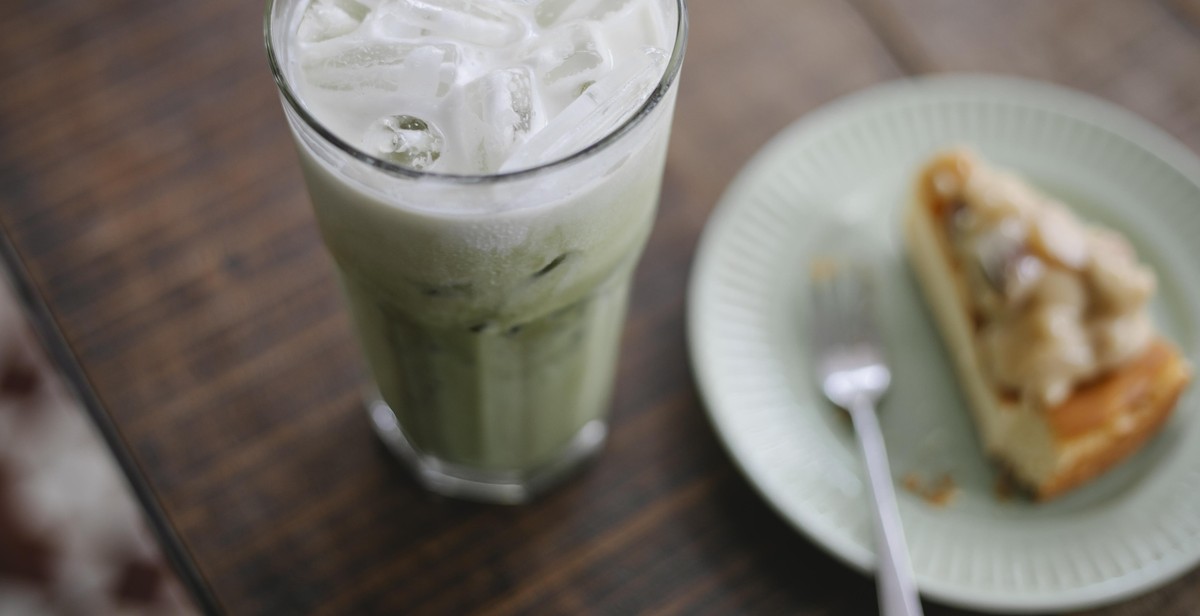
Types of Green Tea
Green tea is a popular drink worldwide, known for its health benefits and unique taste. However, there are different types of green tea that can be confusing to identify and appreciate. In this section, we will explore the different types of green tea and their distinct characteristics.
1. Sencha
Sencha is the most popular type of green tea in Japan and is made from the first leaves of the tea plant. It has a delicate, sweet flavor and a golden-green color. Sencha is rich in antioxidants and is commonly used in Japanese tea ceremonies.
2. Matcha
Matcha is a type of green tea that is ground into a fine powder. It is famous for its vibrant green color and is commonly used in Japanese tea ceremonies. Matcha has a rich, creamy taste and is high in caffeine and antioxidants.
3. Gyokuro
Gyokuro is a premium Japanese green tea that is grown in the shade. This process gives it a unique umami flavor and a deep green color. Gyokuro is often considered the highest quality green tea and is brewed at a lower temperature than other types to bring out its delicate flavor.
4. Dragonwell
Dragonwell is a Chinese green tea that is famous for its flat, slender leaves and delicate flavor. It has a light, nutty taste and a pale green color. Dragonwell is often referred to as the champagne of green teas and is a favorite among tea connoisseurs.
5. Gunpowder
Gunpowder is a Chinese green tea that is named after its small, tightly rolled leaves that resemble gunpowder pellets. It has a strong, smoky flavor and is often used as a base for flavored teas. Gunpowder is high in caffeine and is a popular choice for those who need a quick energy boost.
| Type of Green Tea | Origin | Flavor | Color |
|---|---|---|---|
| Sencha | Japan | Delicate, sweet | Golden-green |
| Matcha | Japan | Rich, creamy | Vibrant green |
| Gyokuro | Japan | Umami, delicate | Deep green |
| Dragonwell | China | Light, nutty | Pale green |
| Gunpowder | China | Strong, smoky | Dark green |
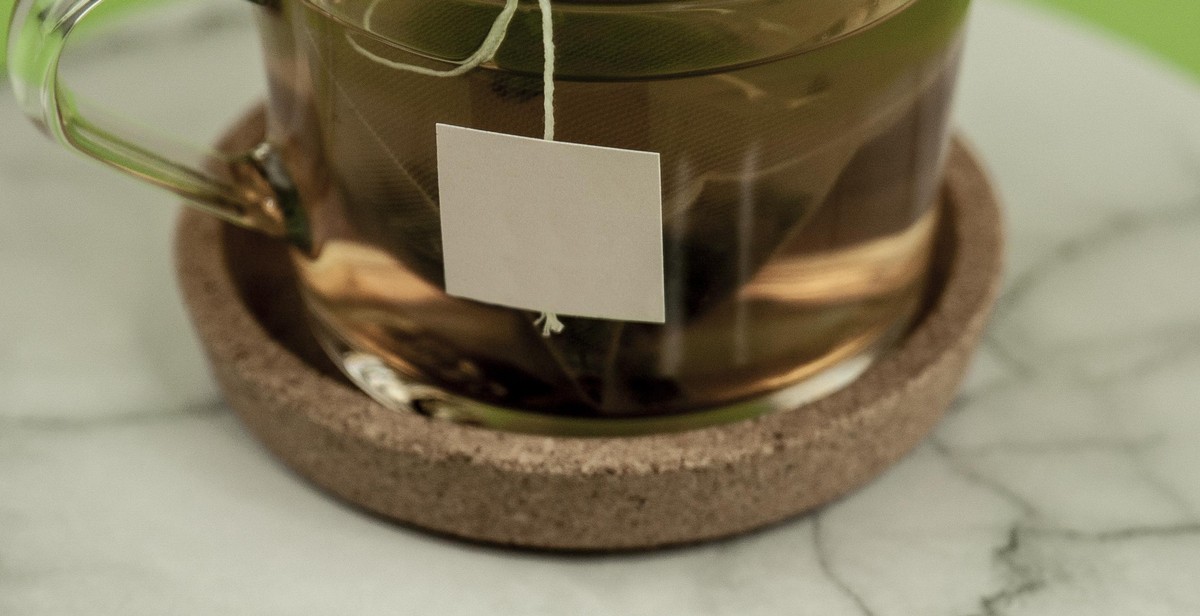
How to Appreciate Green Tea
Green tea is a delicate and nuanced beverage that requires some attention to detail to fully appreciate. Here are some tips for getting the most out of your green tea experience:
1. Choose high-quality Green Tea
Not all green tea is created equal. Look for high-quality loose leaf tea from reputable sources. The leaves should be whole and unbroken, with a vibrant green color and a fresh aroma. Avoid tea bags and stale or low-quality tea, as they can produce a bitter and unpleasant brew.
2. Pay attention to the water temperature and steeping time
Green tea is delicate and can be easily over-brewed or scalded. Use water that is around 175°F (80°C) to avoid burning the leaves. Steep for no more than 2-3 minutes, depending on the type of green tea. Longer steeping can result in a bitter taste and astringent mouthfeel.
3. Use the right brewing method
There are different brewing methods for different types of green tea. For example, Japanese green teas like sencha are typically brewed in a teapot with a built-in strainer, while Chinese green teas like dragonwell are often brewed in a gaiwan or small teapot. Follow the recommended brewing method for your specific type of green tea to get the best flavor and aroma.
4. Experiment with different brewing methods
While each type of green tea has its own recommended brewing method, don’t be afraid to experiment and find what works best for you. Try brewing in a different vessel, adjusting the water temperature or steeping time, or even adding a splash of milk or honey to enhance the flavor.
5. Pair Green Tea with the right food
Green tea pairs well with light and delicate flavors, such as seafood, salads, and sushi. It can also complement sweet and fruity flavors, such as berries and citrus. Avoid pairing with heavy or spicy foods, as they can overpower the delicate flavor of the tea.
By following these tips, you can fully appreciate the subtle and complex flavors of green tea. Experiment, explore, and enjoy!
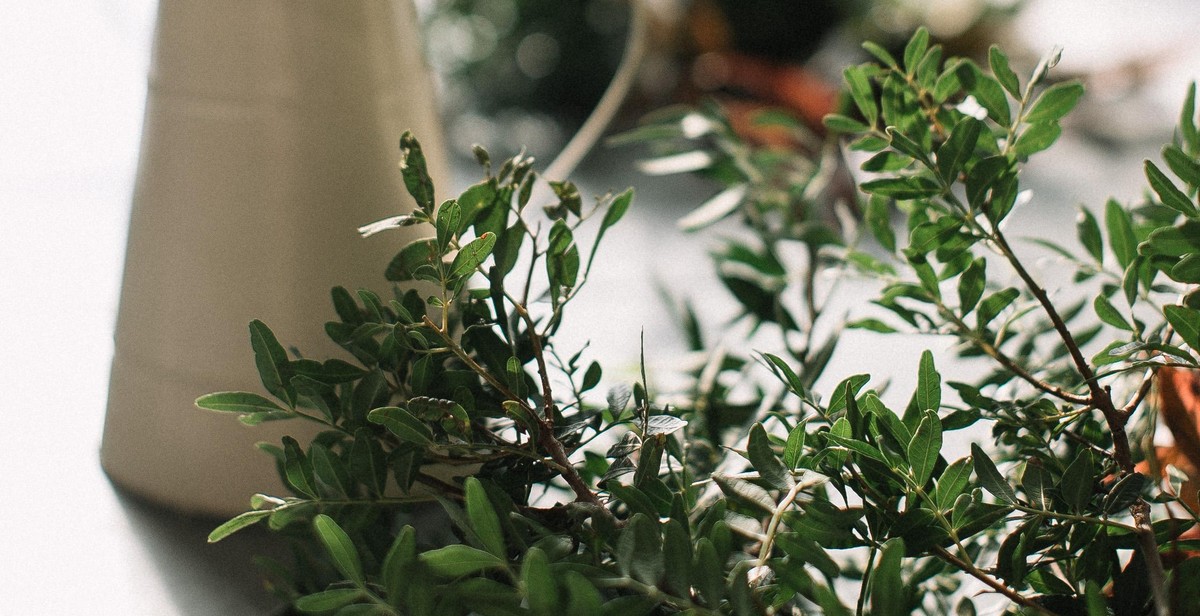
Identifying High-Quality Green Tea
Green tea is known for its health benefits and unique taste. However, not all green tea is created equal. Here are some tips to help you identify high-quality green tea:
1. Look at the color and shape of the leaves
The color and shape of the leaves can tell you a lot about the quality of green tea. High-quality green tea leaves are usually dark green and tightly rolled. The leaves should also be uniform in shape and size. If the leaves are light green or brown, it may be an indication that the tea is of lower quality.
2. Smell the aroma
High-quality green tea should have a fresh and fragrant aroma. The aroma should be pleasant and not overpowering. If the tea has a dull or stale smell, it may be an indication that the tea is of lower quality.
3. Taste the tea
The taste of green tea can vary depending on the type and quality of the tea. High-quality green tea should have a smooth and delicate taste, with a slightly sweet aftertaste. The tea should not taste bitter or astringent. If the tea tastes bitter or astringent, it may be an indication that the tea is of lower quality.
4. Check for certifications and origin
Checking for certifications and origin can help you identify high-quality green tea. Look for teas that are certified organic or fair trade. These certifications ensure that the tea is grown and harvested in an environmentally and socially responsible manner. Additionally, green tea from reputable regions such as Japan and China are known for their high quality.
| Tip | Indication of High-Quality Green Tea | Indication of Lower Quality Green Tea |
|---|---|---|
| Color and Shape of Leaves | Dark green and tightly rolled, uniform in shape and size | Light green or brown |
| Aroma | Fresh and fragrant | Dull or stale |
| Taste | Smooth and delicate, slightly sweet aftertaste | Bitter or astringent |
| Certifications and Origin | Certified organic or fair trade, from reputable regions such as Japan or China | No certifications or from unknown regions |
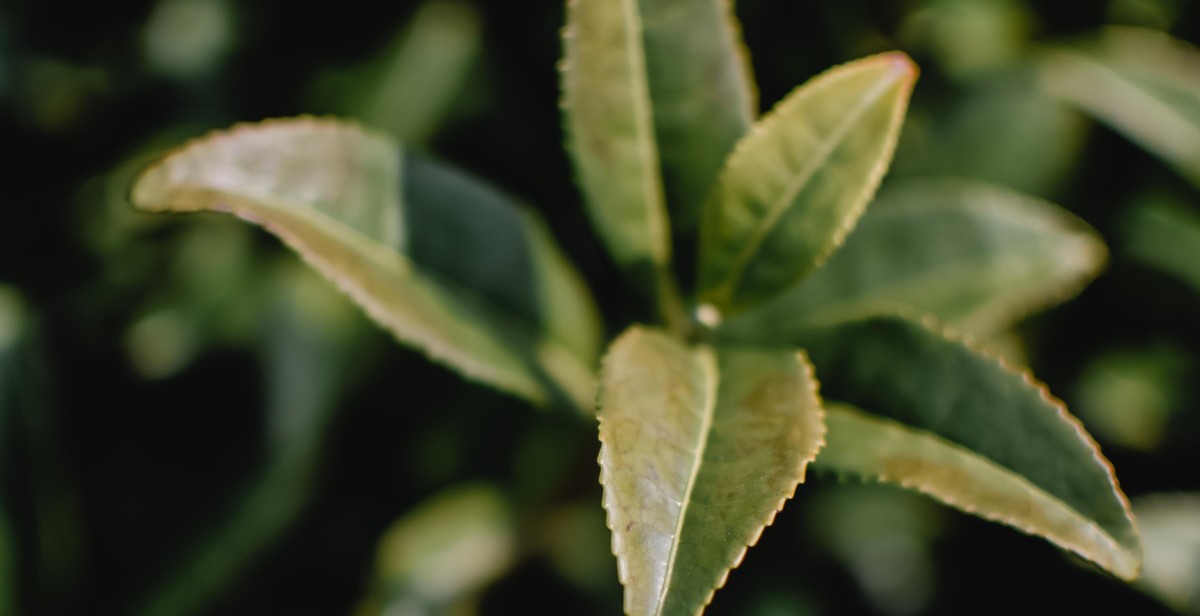
Conclusion
Green tea is a popular beverage that has been enjoyed for centuries due to its numerous health benefits and unique taste. Knowing how to appreciate and identify different types of green tea can enhance your tea-drinking experience and help you make informed choices when purchasing tea.
When shopping for green tea, it’s essential to look for high-quality leaves that are fresh and have a vibrant green color. The type of green tea you choose will depend on your taste preferences and desired health benefits.
Some of the most popular types of green tea include Sencha, Matcha, Gyokuro, and Dragonwell. Each of these teas has a distinct flavor profile and unique brewing requirements.
To fully appreciate the flavor of green tea, it’s important to brew it properly and use the right water temperature and steeping time. Experimenting with different brewing methods and tea accessories, such as tea infusers and teapots, can also enhance your tea-drinking experience.
Overall, green tea is a versatile and delicious beverage that can be enjoyed in many different ways. Whether you prefer it hot or iced, plain or flavored, green tea is a healthy and refreshing drink that is sure to satisfy.
- Remember to:
- Look for high-quality leaves
- Choose the type of green tea based on your taste preferences and desired health benefits
- Brew the tea properly and experiment with different brewing methods and tea accessories
By following these tips, you can appreciate and identify different types of green tea and enjoy all of the health benefits and delicious flavors that this wonderful beverage has to offer.
